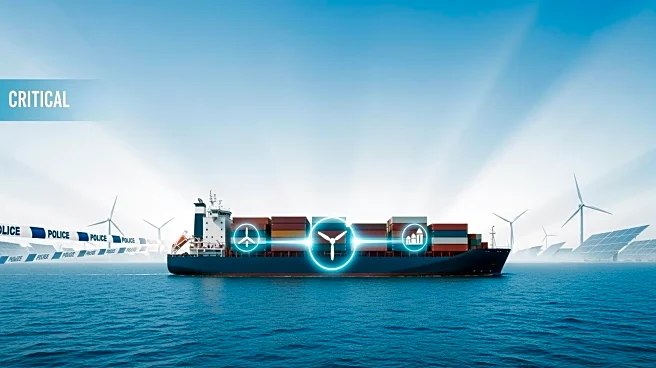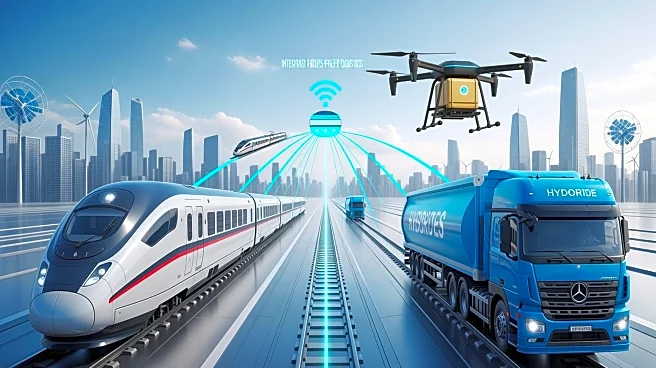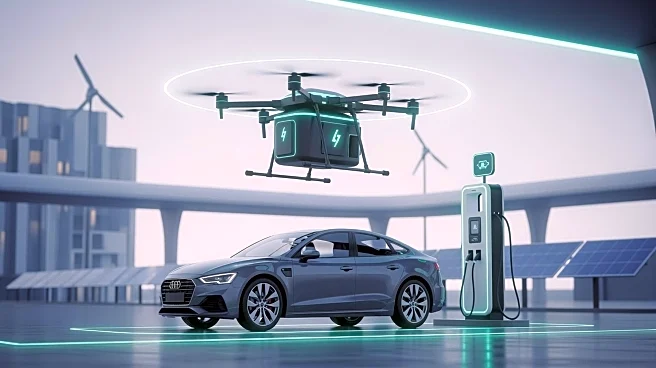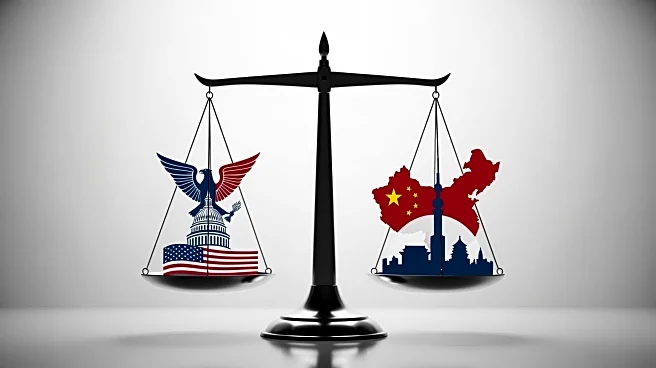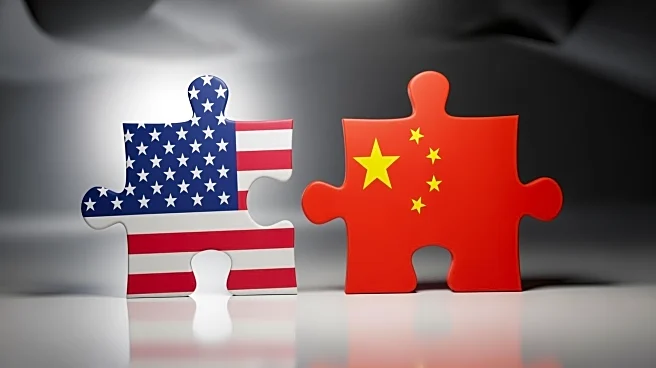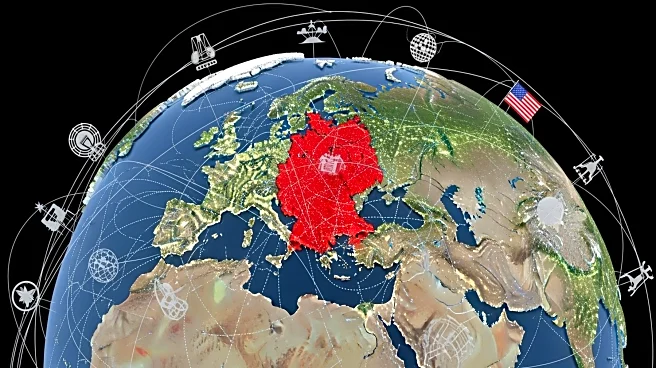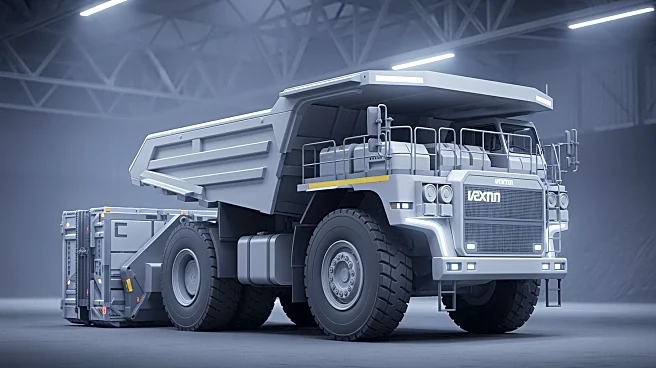What's Happening?
Shippers are increasingly vocal in demanding reliable, transparent, and fossil-free logistics solutions. The maritime sector, along with road, rail, and aviation, is pursuing its own technological pathways
for decarbonization. However, the interfaces between these systems remain underdeveloped, leading to systemic sub-optimization. Initiatives like the Virtual Watch Tower (VWT) are emerging to provide shared visibility and actionable insights, aligning logistics performance with energy goals. Practical experience from Sweden demonstrates that system demonstrators can serve as innovation testbeds for the broader transport ecosystem.
Why It's Important?
The push for fossil-free logistics is crucial for meeting global decarbonization targets and enhancing supply chain efficiency. Shippers, as key stakeholders, are driving the demand for integrated transport systems that connect energy, transportation, and digital systems. This shift is essential for reducing emissions and improving resilience across logistics networks. The fragmentation in decarbonization efforts highlights the need for coordinated approaches that align energy availability with transport demand, ensuring sustainable and efficient operations.
What's Next?
The implementation of the Alternative Fuels Infrastructure Regulation (AFIR) and TEN T policy in the EU aims to address the alignment of energy and transport systems. These regulations set binding minimums for recharging and refueling on core networks, directly linking infrastructure deployment to transport demand. The development of digital twins and system demonstrators will continue to play a pivotal role in optimizing logistics performance and energy utilization. Stakeholders are expected to collaborate on integrating these technologies to achieve decarbonization goals.
Beyond the Headlines
The integration of digital twins and federated data sharing models like VWT represents a significant shift towards collaborative decision-making in logistics. These technologies enable real-time coordination across modes, nodes, and energy sources, transforming fragmented data streams into actionable insights. The approach emphasizes the importance of collaboration and digitalization in creating economic and societal value, reinforcing the need for systemic integration of transport and energy systems.
